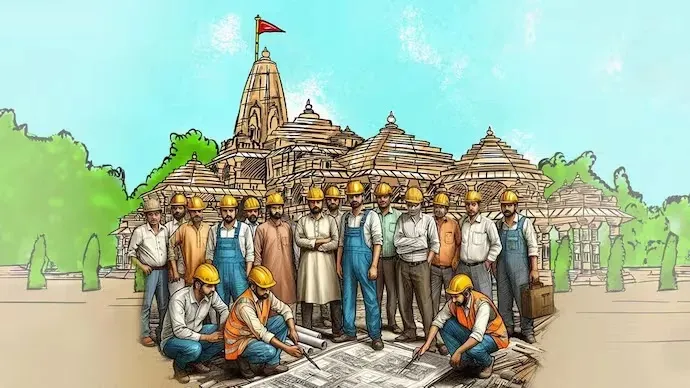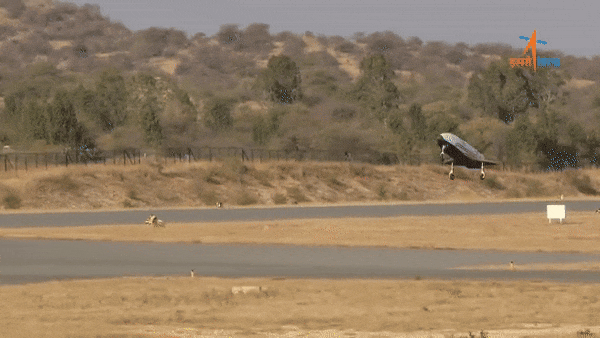Ayodhya Ram Mandir: How science will ensure the temple stands for 1,000 years
The temple is a marvel of modern engineering, being designed not just to withstand the strongest earthquakes and most intense flooding, but to endure for a millennium.

The construction of the Ram Mandir in Ayodhya is not only a monumental cultural and religious endeavor but also an architectural feat guided by scientific principles. Engineers and architects are employing cutting-edge technology and materials to ensure the temple stands for centuries to come.
- Foundational Engineering: The longevity of any structure begins with a solid foundation. The Ram Mandir’s foundation incorporates advanced engineering techniques to withstand geological challenges and ensure stability over the centuries.
- Material Selection: Modern construction materials play a crucial role in the durability of the temple. High-quality, weather-resistant materials are chosen to withstand environmental factors such as rain, humidity, and temperature fluctuations.
- Seismic Resilience: Considering Ayodhya’s seismic zone, engineers are incorporating seismic-resistant design elements to safeguard the temple against potential earthquakes. Reinforcements and structural configurations are implemented to enhance the building’s resilience.
- Climate-Responsive Architecture: The temple’s architectural design takes into account Ayodhya’s climate. Features such as natural ventilation, shading, and appropriate insulation contribute to the comfort of the structure and protect it from the effects of weathering.
- Conservation Techniques: Conservation methods are applied to protect the temple’s intricate carvings and sculptures. These techniques involve the use of advanced coatings and treatments to prevent deterioration and maintain the aesthetic appeal of the temple.
- Water Management Systems: Efficient water drainage and management systems are integrated into the temple’s design to prevent water-related damage. This includes advanced gutter systems, water-resistant materials, and proper slope configurations.
- Monitoring Technology: Continuous monitoring technology is employed to keep track of the structural health of the temple. This includes sensors and instruments that measure factors such as movement, stress, and environmental conditions to detect any potential issues in real time.
- Lightning Protection: Lightning poses a threat to tall structures. Lightning protection systems, comprising lightning rods and grounding mechanisms, are incorporated to safeguard the temple from lightning strikes and minimize potential damage.
- Collaboration with Experts: The construction of the Ram Mandir involves collaboration with experts in various fields, including engineering, architecture, and conservation. This multidisciplinary approach ensures that the project benefits from diverse perspectives and specialized knowledge.
- Adherence to Codes and Standards: The construction adheres to national and international building codes and standards. Compliance with these guidelines ensures that the temple meets stringent safety and quality criteria.
By combining traditional architectural principles with contemporary scientific advancements, the builders of the Ayodhya Ram Mandir are striving to create a structure that not only stands as a symbol of faith but also exemplifies the marriage of cultural heritage and modern engineering excellence. As the temple takes shape, it represents a harmonious blend of tradition and technology aimed at ensuring its endurance for the next millennium.




